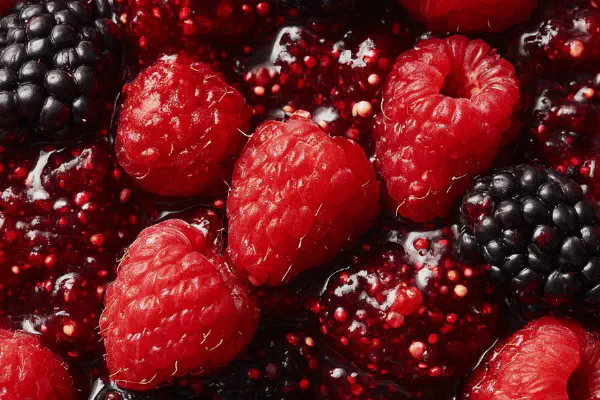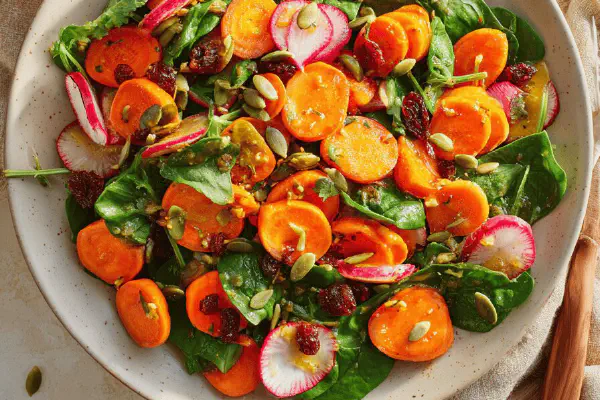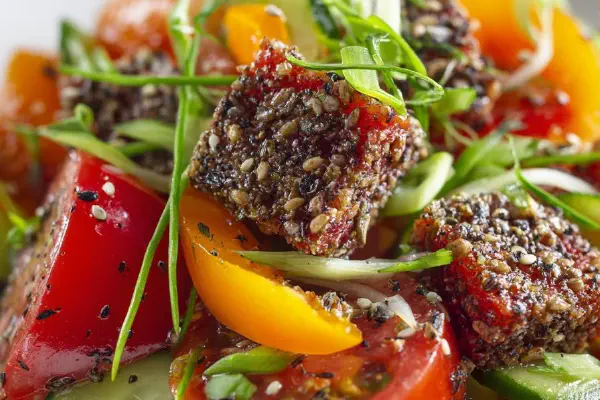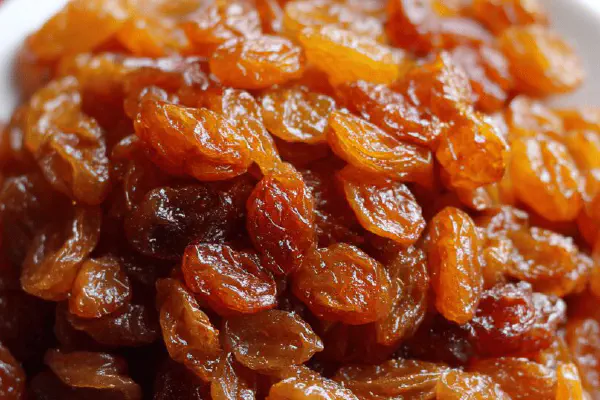No-Cook Strawberry Jam
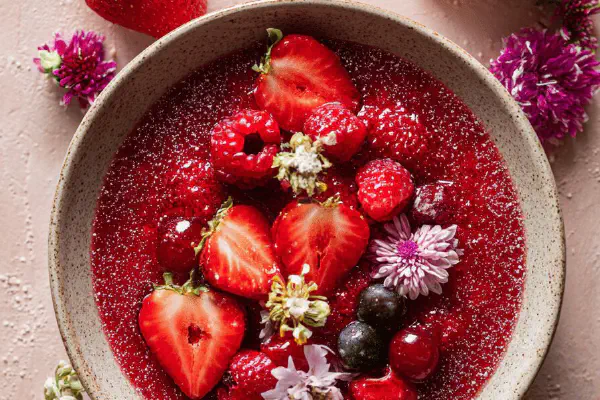
By Emma
Certified Culinary Professional
Ingredients
- 580 g fresh or thawed strawberries (about 4 1/2 cups)
- 260 g frozen mixed berries, thawed (raspberries, blackberries, blueberries)
- 25 ml apple juice (1 1/2 tablespoons)
- 270 g coconut sugar (1 1/4 cups)
- 1 packet (45 g) powdered pectin for freezable jam
About the ingredients
Method
- Start by chopping 230 g (2 cups) of the strawberries into small, bite-sized pieces. Size matters: too big, won't gel right; too small, disappears.
- In a large bowl, mash the remaining strawberries and thawed mixed berries with the apple juice. Use a fork, potato masher, or pulse 2 short bursts in food processor—avoid turning puree into liquid. Coarse but broken down. Gritty feel, a little chunky.
- Stir in the coconut sugar immediately; it moisturizes and balances the sharp berries. Let sit 10-15 minutes. Notice juice rising to surface, sugar dissolving, mixture thickening slightly. If not juicy enough, add a splash more apple juice. Don’t rush this part. Sugar and fruit need time to mingle, flavors to soften.
- After resting, add the powdered pectin. Stir vigorously, scraping bowl edges, for about 3-4 minutes. This activates the pectin without cooking. The mixture should start feeling noticeably syrupy, heavier resistance against the spoon is key.
- Let the jam rest 6-8 minutes at room temperature. Texture firms up slightly; glossy surface, thicker than syrup but spreadable. Don’t skimp on this step—pectin needs a pause to work properly.
- Spoon into clean, airtight jars or containers. Seal and refrigerate. Jelly keeps 3 weeks refrigerated, or freeze for up to a year.
- If jam feels too thin after chilling, stir in a pinch extra pectin next time or use slightly less liquid. Conversely, too firm? Scale back on pectin or add a few tablespoons of more juice. Always test after 24 hours in fridge before adjusting recipe.
Cooking tips
Chef's notes
- 💡 Chop size matters. Bigger chunks hold texture but don’t gel well. Too fine and jam turns watery mush. Aim coarse but broken. Use food processor pulses sparingly or hand mash for better control. Visual: pieces visible but softened. Texture gritty, a bit chunky, not pureed. Watch feel, not just time.
- 💡 Sugar doesn’t just sweeten—it pulls juice, binds texture. Coconut sugar adds depth, richer than white. Can swap honey or maple for different notes but structure shifts slightly. Let sugar dissolve fully before adding pectin; that 10-15 minute wait lets juices rise, mix flavors. Stir gently mid-rest if juice seems stuck atop.
- 💡 Pectin powder activation is hands-on. Stir vigorously 3-4 minutes, scrape sides constantly. Feels syrupy, thick resistance—don’t rush or underdo, jam stays runny. Timing strict but texture rules. Rest after mixing pectin, 6-8 minutes room temp. Jam firms up slowly—glossy surface, thicker than syrup but spreadable. Don’t skip rest.
- 💡 Thaw frozen berries fully, drains excess water to avoid dilute jam. Mix thawed frozen with fresh strawberries; adds tartness and deeper color. Frozen berries vary in water content, adjust apple juice accordingly. More juice if mixture too dry, less if too loose. Taste, texture tell story not clock.
- 💡 Jars sterilized ahead prevent spoilage but seal tight after filling. Refrigerate jam for up to 3 weeks, or freeze clean sealed jars for up to a year. If jam feels thin post chill, add pinch pectin next batch or reduce liquid. Too firm? Decrease pectin or add few tablespoons juice. Test after 24 hours fridge for best feel.
Common questions
Can I use other fruits instead?
Yes, blend thawed berries with other fruits like raspberries or blackberries. Adjust sugar and pectin for water content. Pineapple or white grape juice swaps apple juice fine but acid changes gel timing.
What if jam won’t set?
Usually not enough pectin or under-stirred pectin. Stir long, scrape edges 3-4 minutes. Could be too much liquid—reduce juice next try. Or add pinch extra pectin after chilling. Timing and texture cues over clocks.
How to store jam?
Refrigerate airtight jars for weeks. Freeze for longer storage but expect texture change on thaw. Room temp bad unless heat processed. If thawed jam seems thin, stir well, refrigerate again. Freezer burn is enemy; seal tight always.
Sugar alternatives?
Coconut sugar best for structure and flavor. Honey or maple syrup used but jam texture differs. Lower caramel notes, more floral flavor. Adjust pectin and liquid balance accordingly. White sugar works but less depth. Test small batches first.
